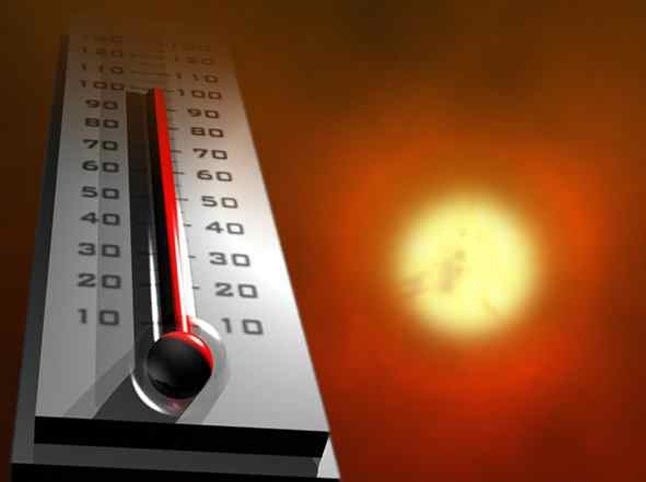What is more dangerous for a person: heat or cold
Heat or cold - which is more dangerous for humans. This question is asked and scientists, and doctors, and ordinary people. Some believe that the cold affects the body worse, while others believe that the health damage is caused by heat. As a result of a number of studies, specialists came to very interesting conclusions.

Humans are warm-blooded creatures. And this means that their body temperature is constant and does not fluctuate with changes in the ambient temperature. The human body is able to adapt to fluctuations in temperature due to protective mechanisms. So, for example, the body can warm itself, if it's very cold outside, or get rid of excess heat if it's hot outside.
Effects of cold
The human body can quickly adapt tocold and develops its own method of physical adaptation to a lower temperature. Naturally, additional warmth is provided by clothes and shoes. However, there can be situations when hypothermia can become quite a serious problem. As a result of a drop in temperature, a sharp vasospasm occurs that can cause severe pain. When the person is in a cold for a long time, the body signals the brain, and energy begins to be conserved: sweating decreases, body temperature decreases, blood flow to the skin decreases, etc. All this is necessary to reduce heat loss. And if a person is not moved to heat, the situation will further deteriorate more and more. As a result, the body temperature drops to the lowest possible values, resulting in death. And it is worth considering that hypothermia can easily come not only in a strong and severe frost, but also at a sufficiently low temperature below zero in wet and windy weather.Heat exposure
The heat also has a fairly negative effect onstate of the human body. The mechanism of thermoregulation is similar to what happens during cooling, only now heat receptors are involved. The organism is tuned to heat and increases heat transfer, so that the body does not overheat. Vessels expand, blood flows to the skin, as a result of which its redness is noted. It should be borne in mind that a sharp expansion of the vessels often leads to a drop in pressure and, as a result, a heat fainting. Active sweating begins, which is also intended to regulate heat transfer. However, it is worthwhile to understand that, together with sweat, the liquid that is necessary for nutrition and moistening of tissues leaves the body. The blood thickens and becomes more viscous, its flow becomes slower. Hyperemia can develop at temperatures above 37 degrees Celsius and high humidity. This leads to the fact that a person experiences a heat stroke, which can be accompanied by delirium, convulsions. In severe cases, death occurs. If you look at the effects of heat and cold on the human body, we can conclude that the heat affects the body worse. After all, with the cold, you can fight with additional means - clothes, hats, shoes, etc. And in the heat of virtually no place to go.








